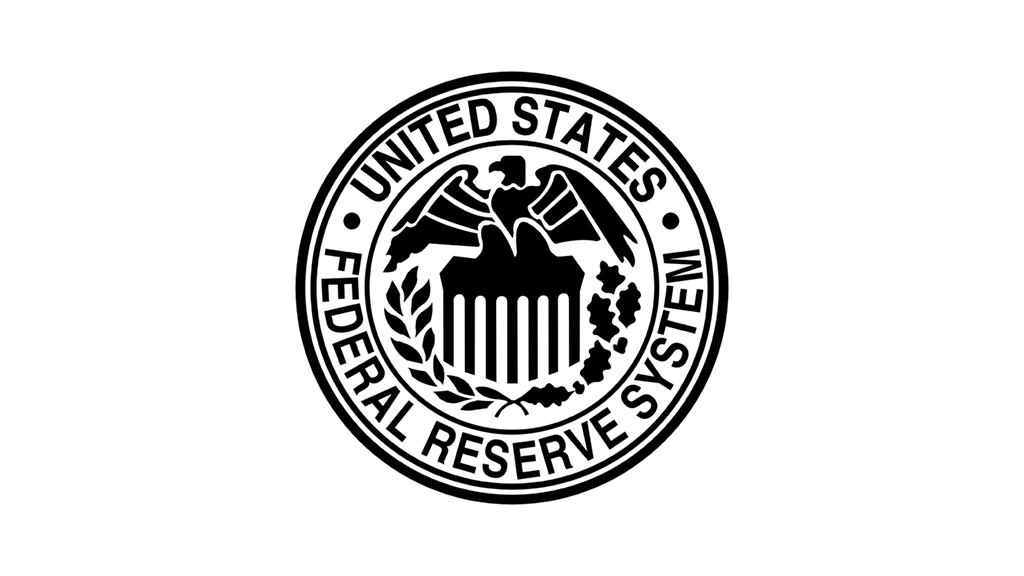Federal Reserve Chair Powell Issues Stark Warning

May 27, 2025: Fed Chair Powell Warns of Prolonged Inflation Volatility and Economic Strain from Tariff Policies
Federal Reserve Chair Jerome Powell delivered one of his most explicit warnings yet about the economic risks stemming from inflation persistence, supply shocks, and trade policy disruptions. Speaking at Princeton University, Powell stated that the U.S. economy may be entering an era of greater inflation volatility, driven by structural imbalances and politically driven trade friction.
Key Points from Powell’s Warning
Powell emphasized that Trump-era tariffs, many of which have been reinstated or expanded in 2025, are acting as a tax on consumers and manufacturers, constraining supply chains and raising input costs across multiple sectors.
He noted that the Fed is now forced to consider a longer horizon for inflation stabilization, stating:
“The days of benign inflation may be behind us. We must be prepared for renewed price instability.”
The central bank will maintain a cautious rate posture, avoiding cuts in the near term despite recent signs of slowing GDP growth. Powell warned that premature easing could undermine credibility and trigger another inflation wave.
Supply Chain and Policy Shock Risks
He flagged specific risks from renewed global supply chain disruptions driven by geopolitical fragmentation, retaliatory tariffs, and tightening cross-border financial conditions. The possibility of persistent adverse supply shocks was raised as a central challenge for the Fed’s future policy path.
Powell refrained from directly criticizing the Trump administration but made it clear that erratic trade policy—particularly without inter-agency coordination—creates uncertainty that monetary policy alone cannot offset.
Market and Political Reactions
Markets reacted with modest volatility, with bond yields rising on the expectation that the Fed will stay hawkish longer than previously forecast. Meanwhile, President Trump criticized Powell’s comments on social media, calling him “unaccountable” and suggesting the Fed was obstructing growth.
The speech is likely to intensify the tension between the executive branch and the central bank as monetary and trade policy become increasingly entangled heading into the 2025 election cycle.


















































